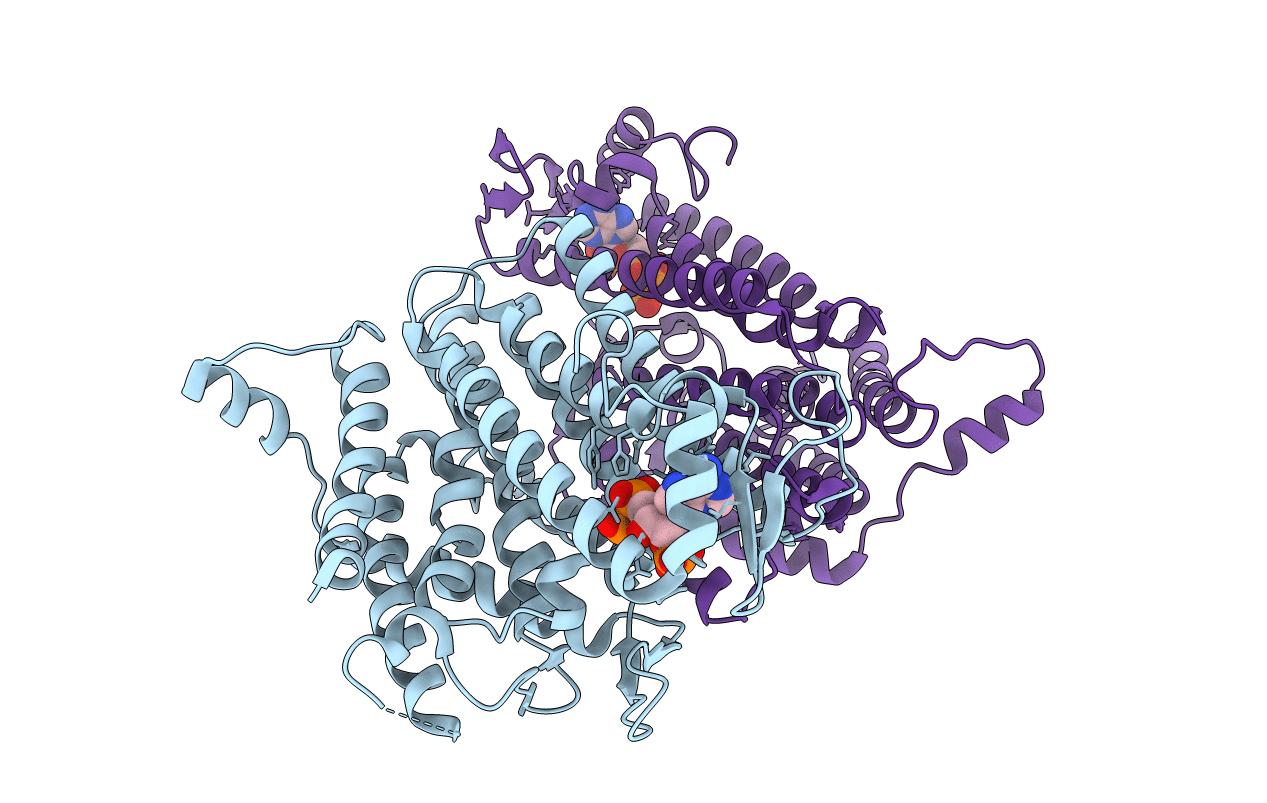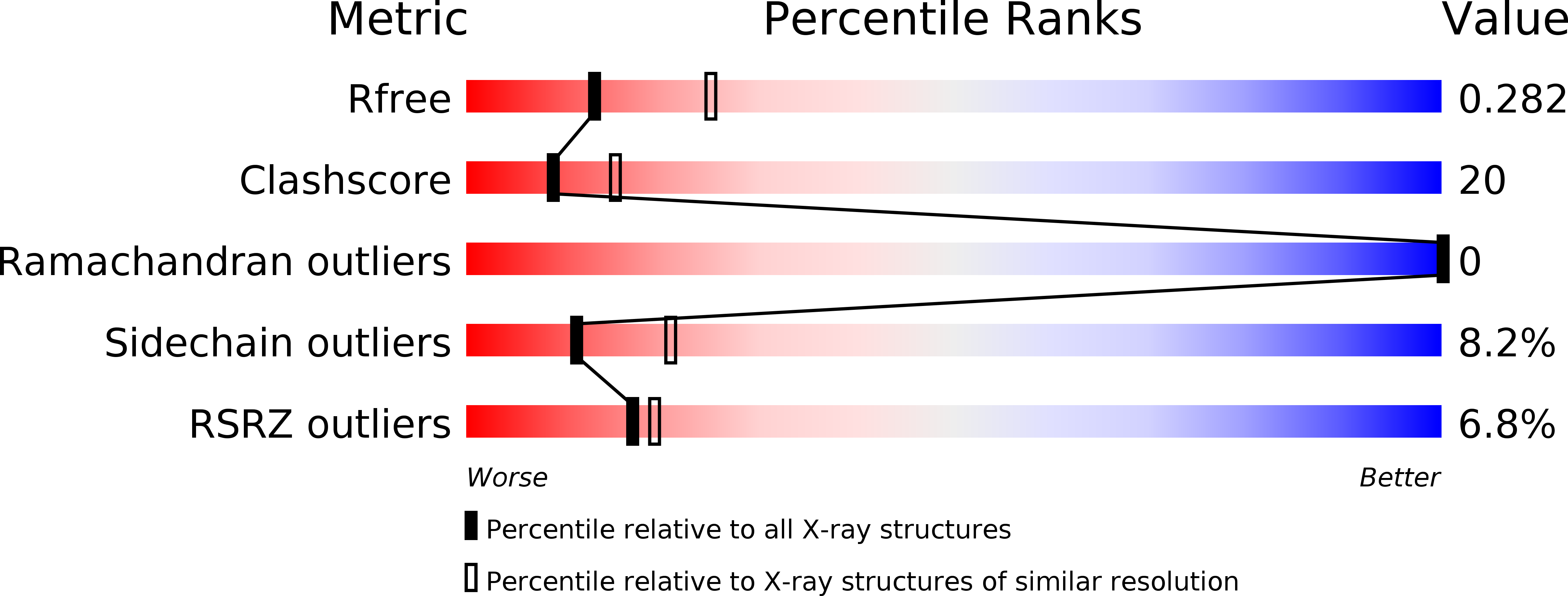
Deposition Date
2014-07-12
Release Date
2014-10-08
Last Version Date
2024-02-28
Entry Detail
PDB ID:
4QUV
Keywords:
Title:
Structure of an integral membrane delta(14)-sterol reductase
Biological Source:
Source Organism:
Methylomicrobium alcaliphilum (Taxon ID: 1091494)
Host Organism:
Method Details:
Experimental Method:
Resolution:
2.74 Å
R-Value Free:
0.28
R-Value Work:
0.23
R-Value Observed:
0.23
Space Group:
P 1


